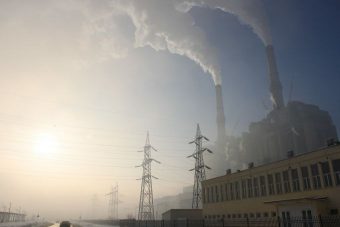
The UK should close all its coal-fired power stations two years earlier than the government’s pledge of 2025, according to green Conservatives including former energy minister Lord Greg Barker.
The move would not cause the lights to go out, would cut both carbon emissions and air pollution and would boost cleaner energy projects, according to a report from Bright Blue, a thinktank of Tory modernisers.
The report also concludes that if the troubled Hinkley C nuclear plant is cancelled it could be replaced by renewable energy.
Overall, the report found that encouraging renewable energy, energy efficiency, storage and electricity interconnectors to other countries would benefit energy bills and security of supply, as well as tackling climate change.
Energy secretary Amber Rudd pledged in November to phase out unabated coal burning by 2025, a move that was widely praised. But the government has also cut solar power subsidies, blocked onshore wind farms, cut support for energy efficiency and cancelled a £1bn carbon capture and storage project.
“Thanks to a Conservative government, the UK is now committed to taking dirty, polluting coal out of our energy mix completely,” said Barker. “So we should take maximum advantage of this bold move. The government should give investors [building greener energy projects] even greater certainty and with that, put UK plc firmly at the forefront of the global drive for clean and smart energy technologies.”
The new report includes analysis by Aurora Energy Research of how closing coal plants early might affect the nation’s security of supply. This included a “high stress” scenario in which the expansion of renewables is slow, Hinkley C is cancelled and coal power stations close early.
“Despite what some exaggerated claims suggest, a coal phase out even under a ‘high stress’ scenario, will not result in the lights going out,” said Ben Caldecott, author of the report and associate fellow of Bright Blue. “Our analysis shows the significant benefits for pollution and system security of further encouraging renewables, interconnection, storage, demand side response and energy efficiency.”
The report said there is “plenty of time” under each scenario to commission any new gas power stations needed to keep the lights on.
A spokesman for the Department of Energy and Climate change said: “The government is absolutely committed to phasing out power production from unabated coal and we are the first country to set an end date for doing so. We will consult on how we plan to do this in the coming months.”
The report said: “The UK should [take] the lead in promoting coal phase-out internationally. The UK has significant technical and moral leadership it can deploy to encourage other countries to agree to a coordinated phased approach for closing down coal-fired power stations. The world’s climate future really does hinge on what other countries do with their coal fleets.”
On Hinkley, the report said: “The future of Hinkley Point C nuclear power station appears to be highly uncertain. Should the project not materialise, renewables can easily fill the capacity gap in the late 2020s. This should be ‘Plan B’.” It noted the fast build time and rapidly falling cost of renewable energy and said: “The ability of these technologies to deliver this capacity is already impressive and will be even more so in the mid to late 2020s.”
Source: www.theguardian.co.uk


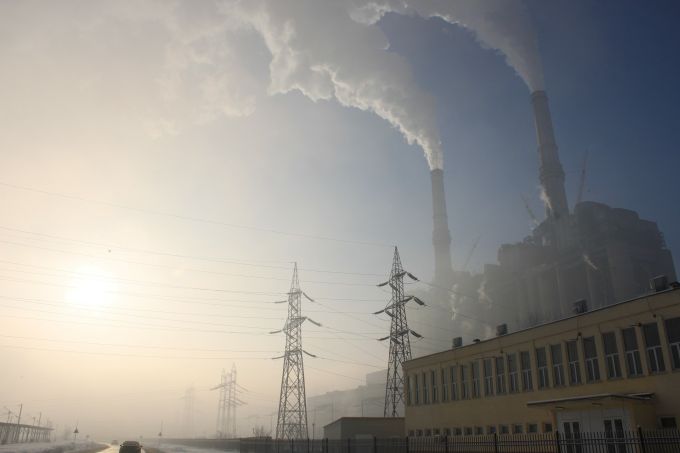
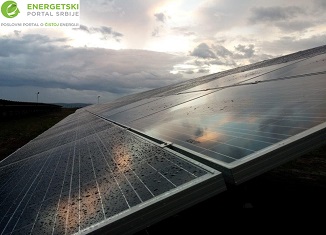
 Chile’s solar industry has expanded so quickly that it’s giving electricity away for free.
Chile’s solar industry has expanded so quickly that it’s giving electricity away for free.


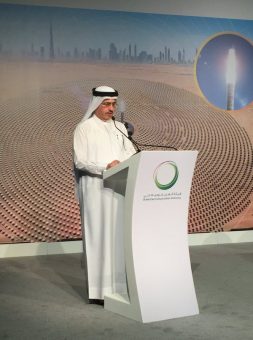 Dubai will soon be home to the world’s largest concentrated solar power plant.
Dubai will soon be home to the world’s largest concentrated solar power plant.
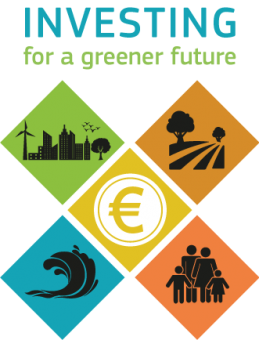 Friday looked at investing for future generations to ensure prosperity and well-being in the long term. Participants across Europe explored what actions can be taken today to ensure sustainable development and growth in the years to come.
Friday looked at investing for future generations to ensure prosperity and well-being in the long term. Participants across Europe explored what actions can be taken today to ensure sustainable development and growth in the years to come.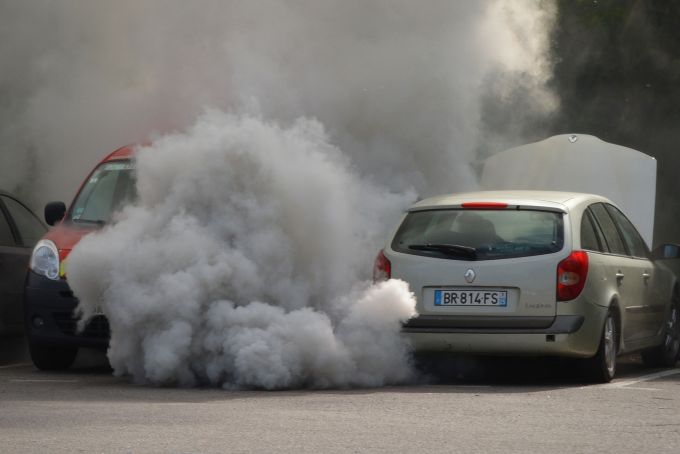
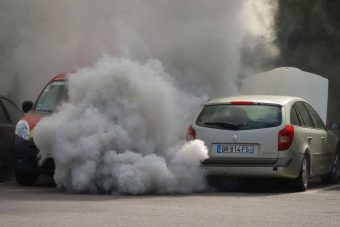




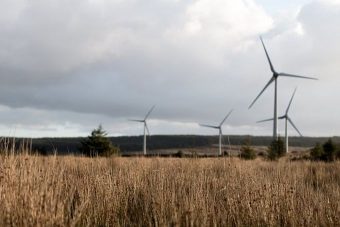
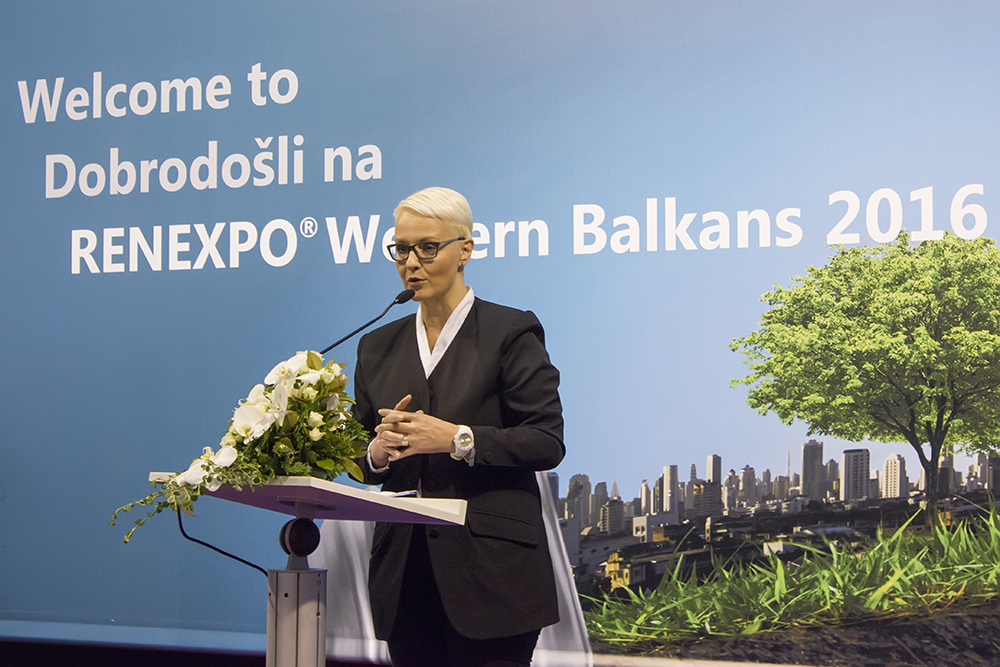
 RENEXPO® Water Management will be held from 06th to 08th June 2016 in Holiday Inn Hotel, in Belgrade. Therefore, we interviewed Mrs Myriam Fridman Dobrota, who has been preparing with REECO team numerous trade fairs this year. Speaking of water management, we want to remind our readers that this management is a set of measures and activities aimed at the maintenance and improvement of the water regime, ensuring the required quantities of water, ensuring required quality of water for different purposes etc. This management takes care of water pollution protection and protection against harmful effects of water. Main activities are implemented through the Serbian Governmental institutions, institutions of the autonomous province, bodies of local self-government and public water management company. Specifically, water management is based upon the principle set out in Article 25 of the Water Act. All activities are directed and specified by strategies and plans. Here is what Mrs Fridman Dobrota told us about RENEXPO and upcoming event.
RENEXPO® Water Management will be held from 06th to 08th June 2016 in Holiday Inn Hotel, in Belgrade. Therefore, we interviewed Mrs Myriam Fridman Dobrota, who has been preparing with REECO team numerous trade fairs this year. Speaking of water management, we want to remind our readers that this management is a set of measures and activities aimed at the maintenance and improvement of the water regime, ensuring the required quantities of water, ensuring required quality of water for different purposes etc. This management takes care of water pollution protection and protection against harmful effects of water. Main activities are implemented through the Serbian Governmental institutions, institutions of the autonomous province, bodies of local self-government and public water management company. Specifically, water management is based upon the principle set out in Article 25 of the Water Act. All activities are directed and specified by strategies and plans. Here is what Mrs Fridman Dobrota told us about RENEXPO and upcoming event.
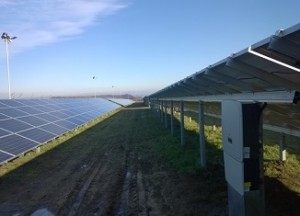 An upsurge in new wind, solar and hydro plants and capacity saw renewable energy smash global records last year, according to a report on new supply.
An upsurge in new wind, solar and hydro plants and capacity saw renewable energy smash global records last year, according to a report on new supply.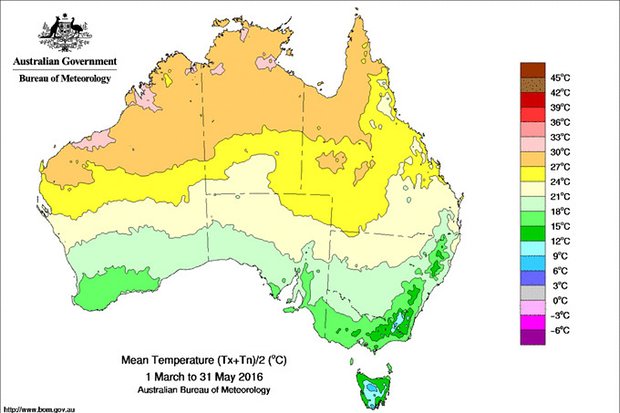
 The mean temperature between March and May was 23.86C but winter could be cooler than normal as El Niño wanes.
The mean temperature between March and May was 23.86C but winter could be cooler than normal as El Niño wanes.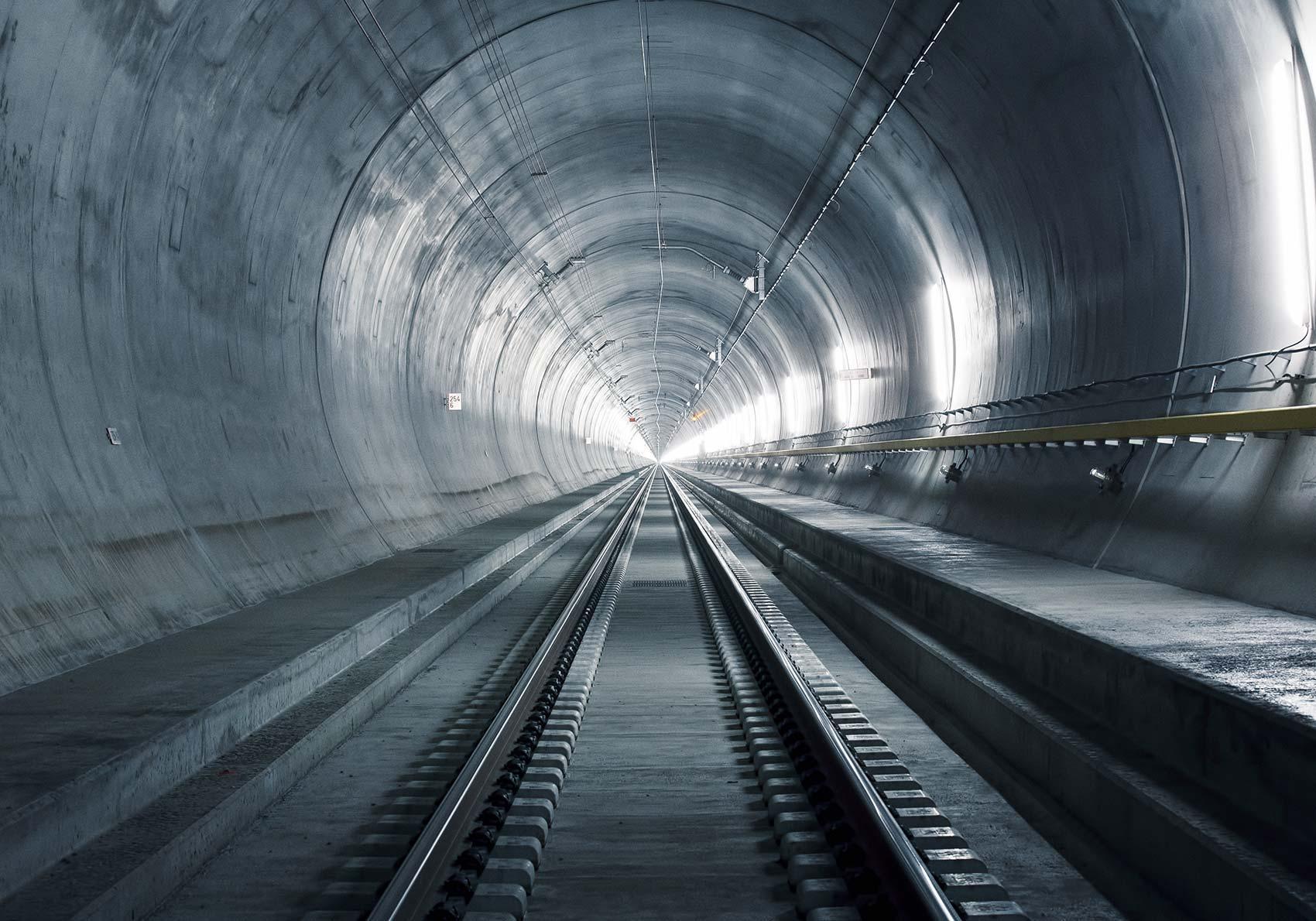
 The Gotthard base tunnel in Switzerland will be officially inaugurated with an international ceremony presided over by the Swiss Government. At this and the public celebration that will follow, ABB will showcase its contributions and vision of the future in two exhibition pavilions. Here’s what the visitors can expect.
The Gotthard base tunnel in Switzerland will be officially inaugurated with an international ceremony presided over by the Swiss Government. At this and the public celebration that will follow, ABB will showcase its contributions and vision of the future in two exhibition pavilions. Here’s what the visitors can expect.
